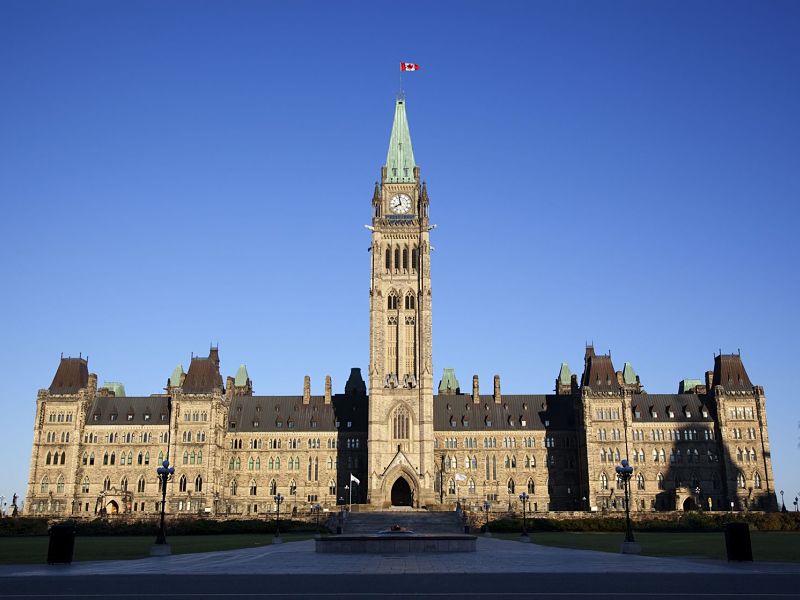
Clients who have lost their jobs as a result of Covid-19 have likely been taking advantage of the government’s main benefit, offered to both employees and the self-employed, the Canada Emergency Response Benefit (CERB). As of mid-August, the CERB has paid out $69.4 billion in benefits to over 8.6 million Canadians.
In August, the government announced that the CERB will be extended by an additional four weeks, and will then transition into a simplified Employment Insurance (EI) program. In addition, three new temporary measures were announced: the Canada Recovery Benefit for self-employed workers and workers not eligible for EI; the Canada Recovery Sickness Benefit for workers who are unable to work because they are sick or must self-isolate due to Covid-19; and the Canada Recovery Caregiving Benefit for individuals unable to work because they need to provide care or support for a child, family member or dependent who is affected by Covid-19.
Let’s take a brief look at each of these three new programs.
Canada Recovery Benefit (CRB)
Clients who are self-employed likely don’t qualify for EI, which is where the new CRB kicks in. The CRB, scheduled to run for one year starting Sept. 27, will provide $400 per week for up to 26 weeks to workers who are not eligible for EI. The CRB is taxable.
The benefit will be available to Canadian residents who are at least 15 years old and have a valid SIN, have stopped working due to Covid-19 and are available and looking for work, or are working but have experienced a reduction in their (self-)employment income for reasons related to Covid-19. Similar to the CERB requirements, the individual must not be eligible for EI, must not have quit their job voluntarily and must have had (self-) employment income of at least $5,000 in 2019 or 2020.
CRB recipients can still earn income from (self-)employment while receiving the benefit, as long as they continue to meet the other requirements. To ensure that the benefit targets those who need it most, however, recipients would need to repay $0.50 of the benefit for each dollar of their annual net income above $38,000 in the calendar year, up to the amount of CRB they received.
Canada Recovery Sickness Benefit (CRSB)
For employees (or the self-employed) who don’t have a paid sick leave program, the new CRSB will provide a $500-per-week taxable benefit for up to two weeks to individuals who cannot work either because they are ill or because they must self-isolate due to Covid-19. This benefit will be available for one year, also starting Sept. 27.
In order to be eligible for the CRSB, an individual must be resident in Canada with a valid SIN, be at least 15 years old, be (self-)employed when the application is made, have missed a minimum of 60% of scheduled work in a particular week, not be otherwise receiving paid sick leave, and have earned at least $5,000 of (self-)employment income in 2019 or 2020.
Canada Recovery Caregiving Benefit (CRCB)
Finally, the CRCB will provide a $500-per-week taxable benefit for up to 26 weeks if an individual misses work to care for a family member due to Covid-19. This benefit will also be available for one year, beginning on Sept. 27. The CRCB can be shared among household members, but only one household member can receive the benefit in any one week. If a care facility is available but an individual prefers to keep a dependent at home, they’re not eligible for the CRCB.
To qualify for the CRCB, the individual must have been unable to work for at least 60% of their normally scheduled work week because they must take care of a child who is under 12 years old, or provide care to a family member with a disability or a dependent. They must be caring for the child, family member or dependent because either: their school, daycare, day program or care facility is closed (or operates under an alternative schedule) due to Covid-19; a medical professional has advised that they cannot attend the facility due to being at high risk if they contract Covid-19; or because the caregiver usually providing care is not available because of Covid-19.
